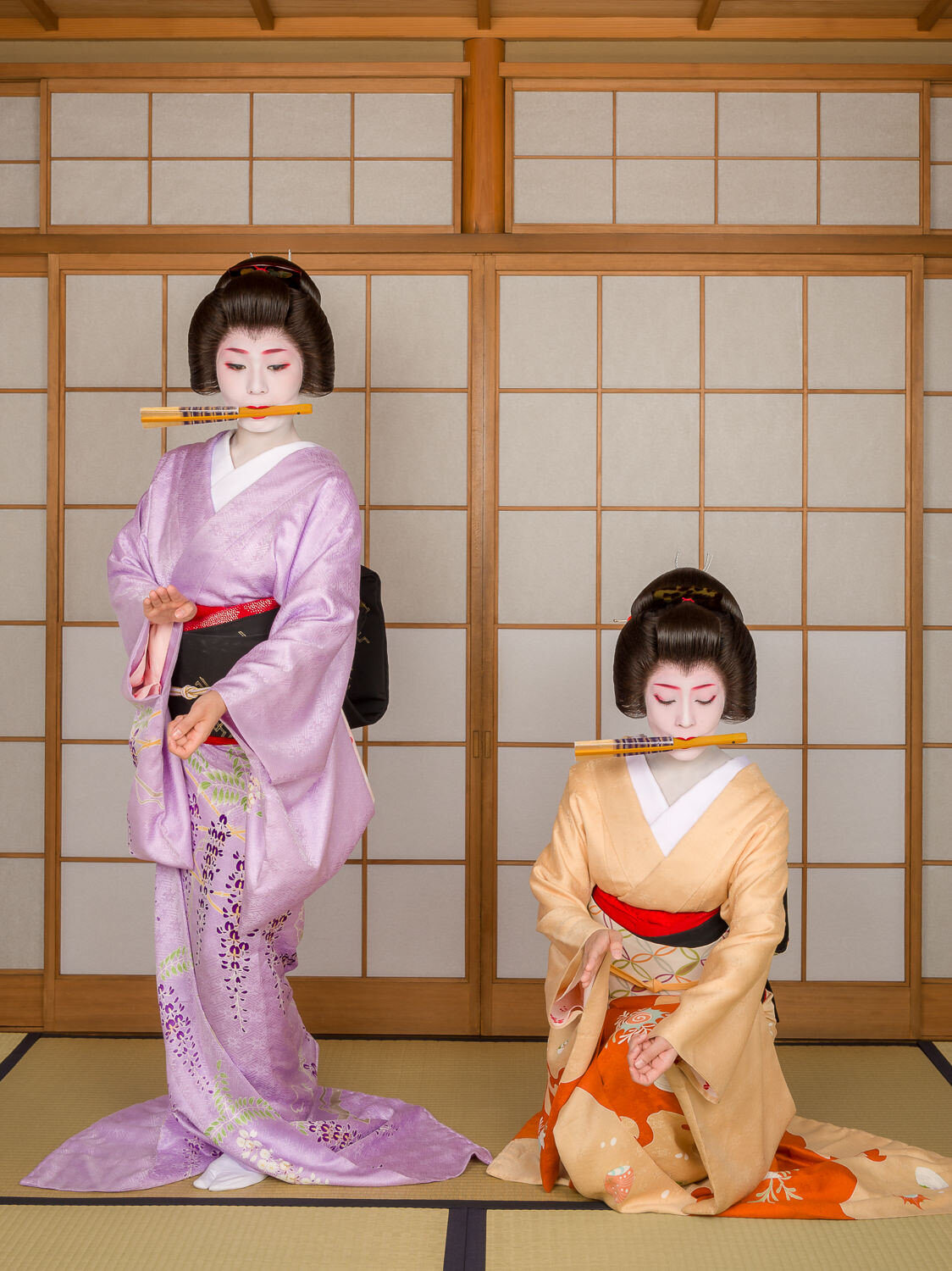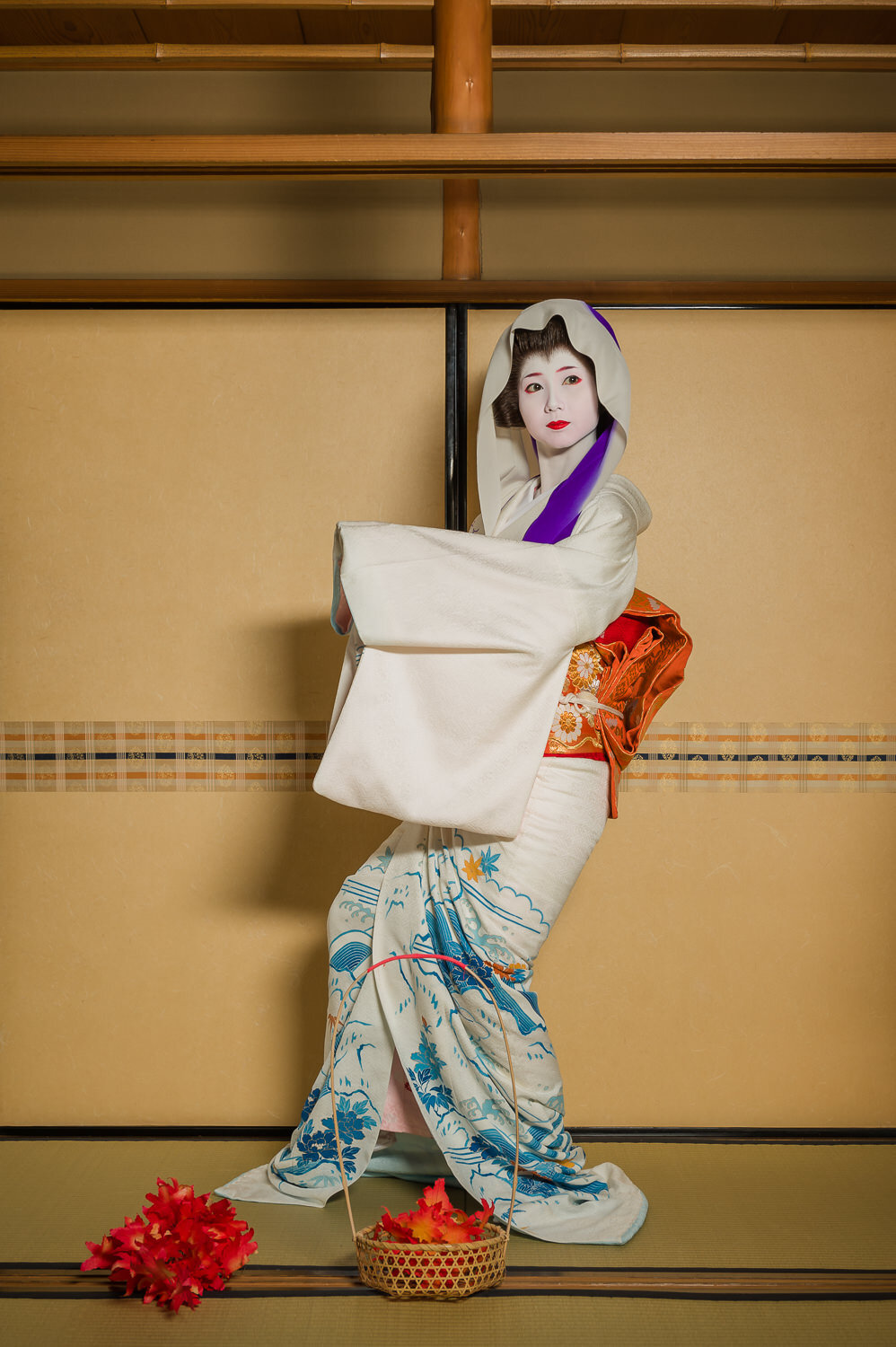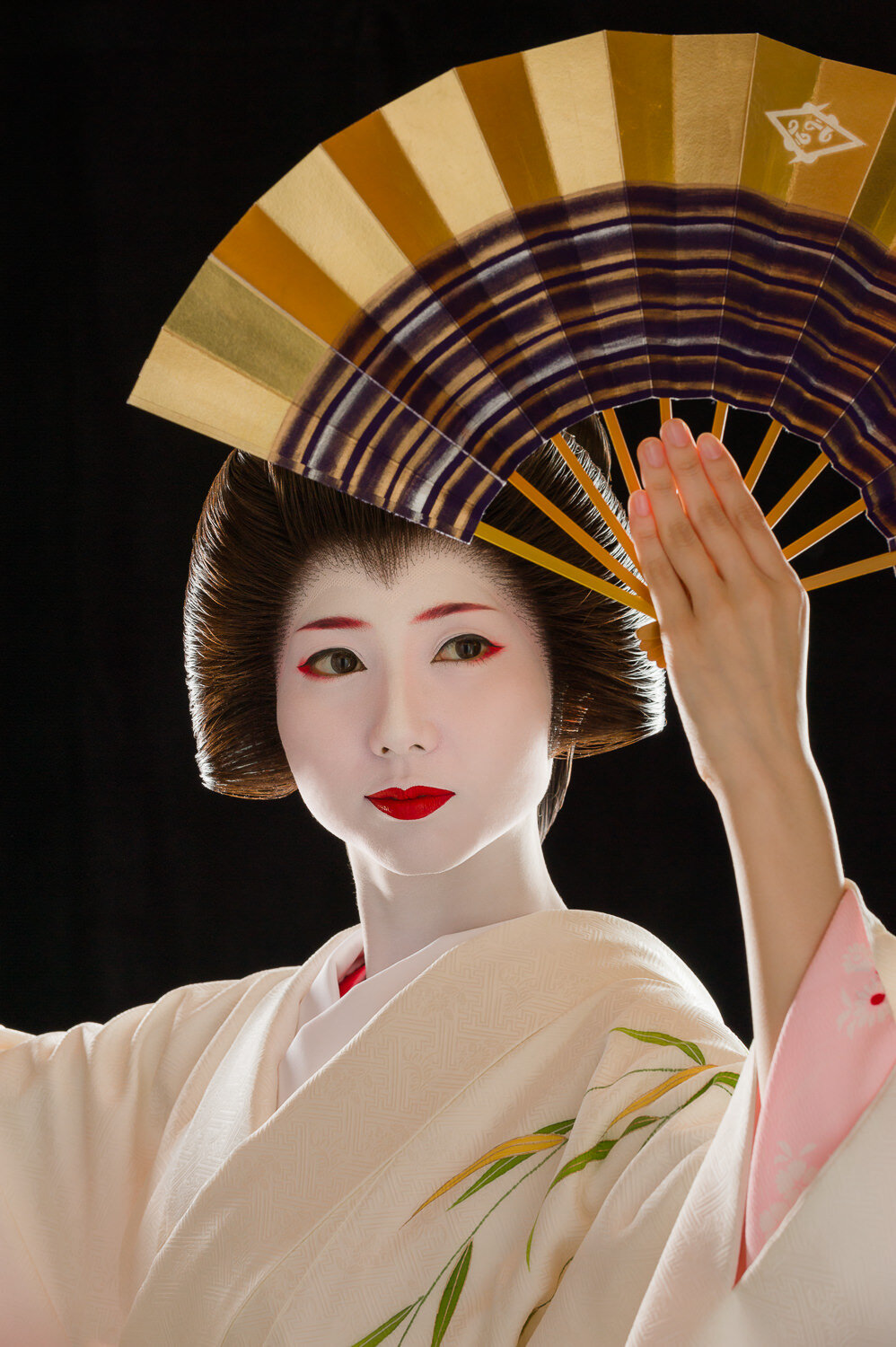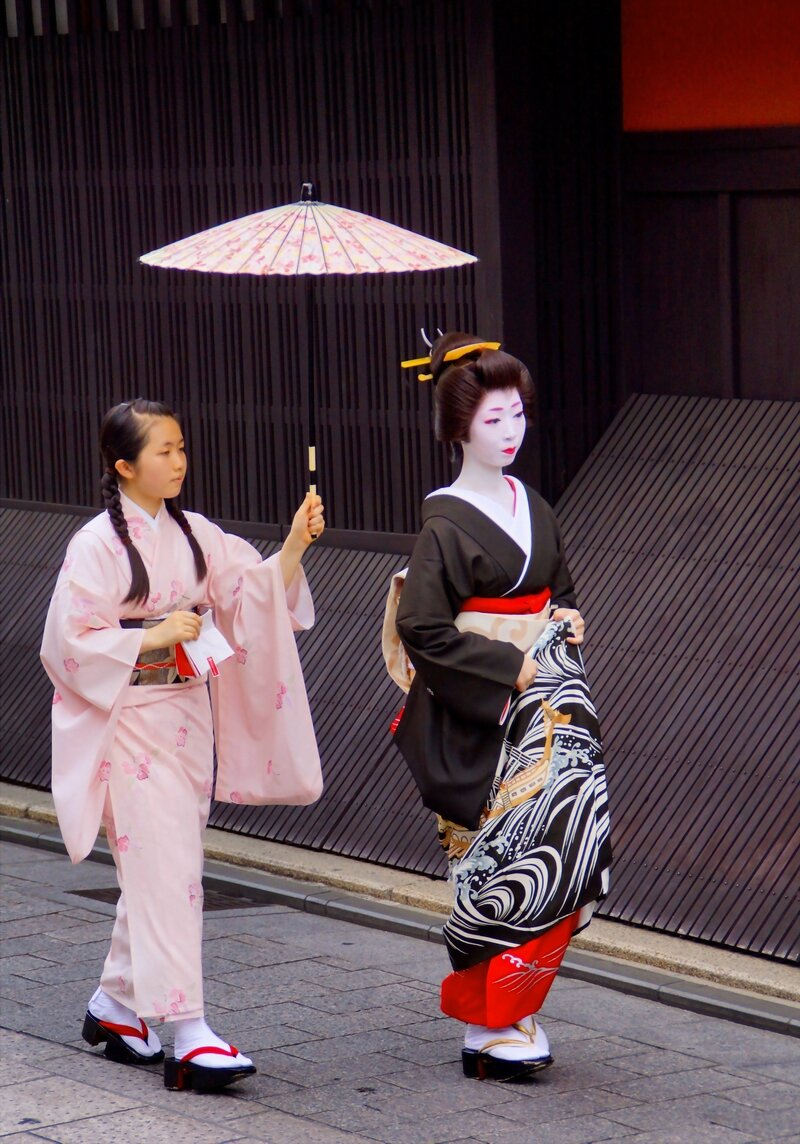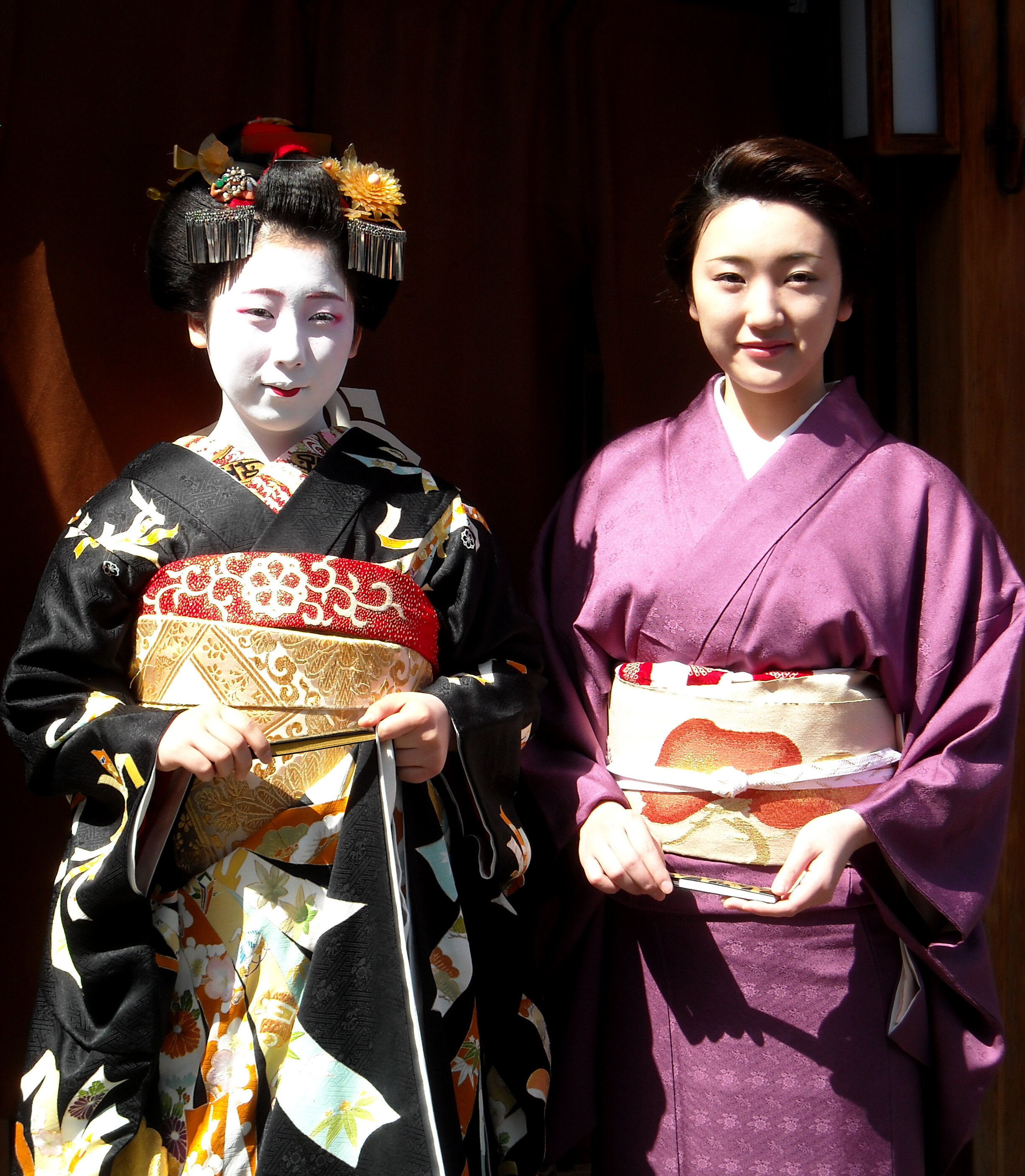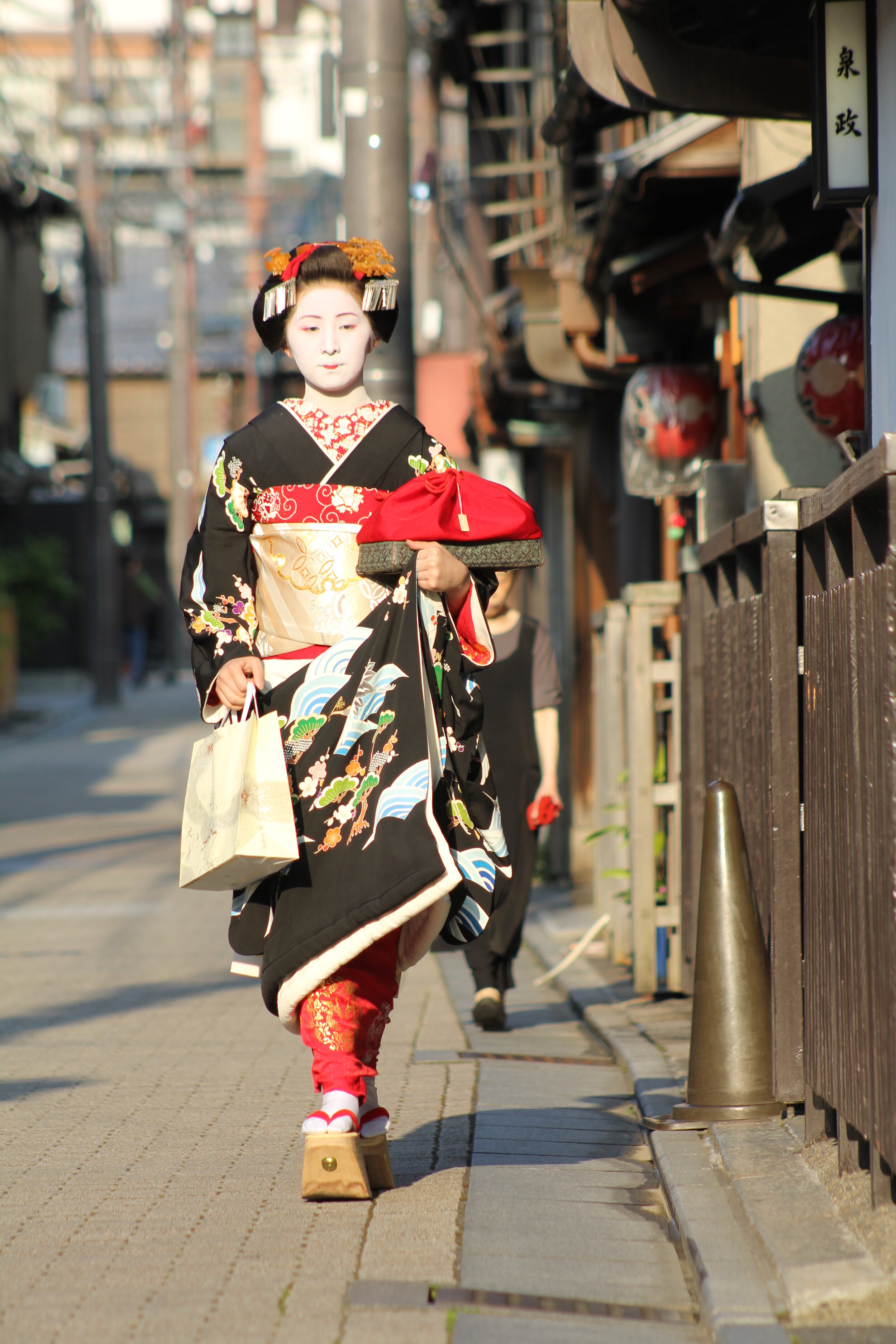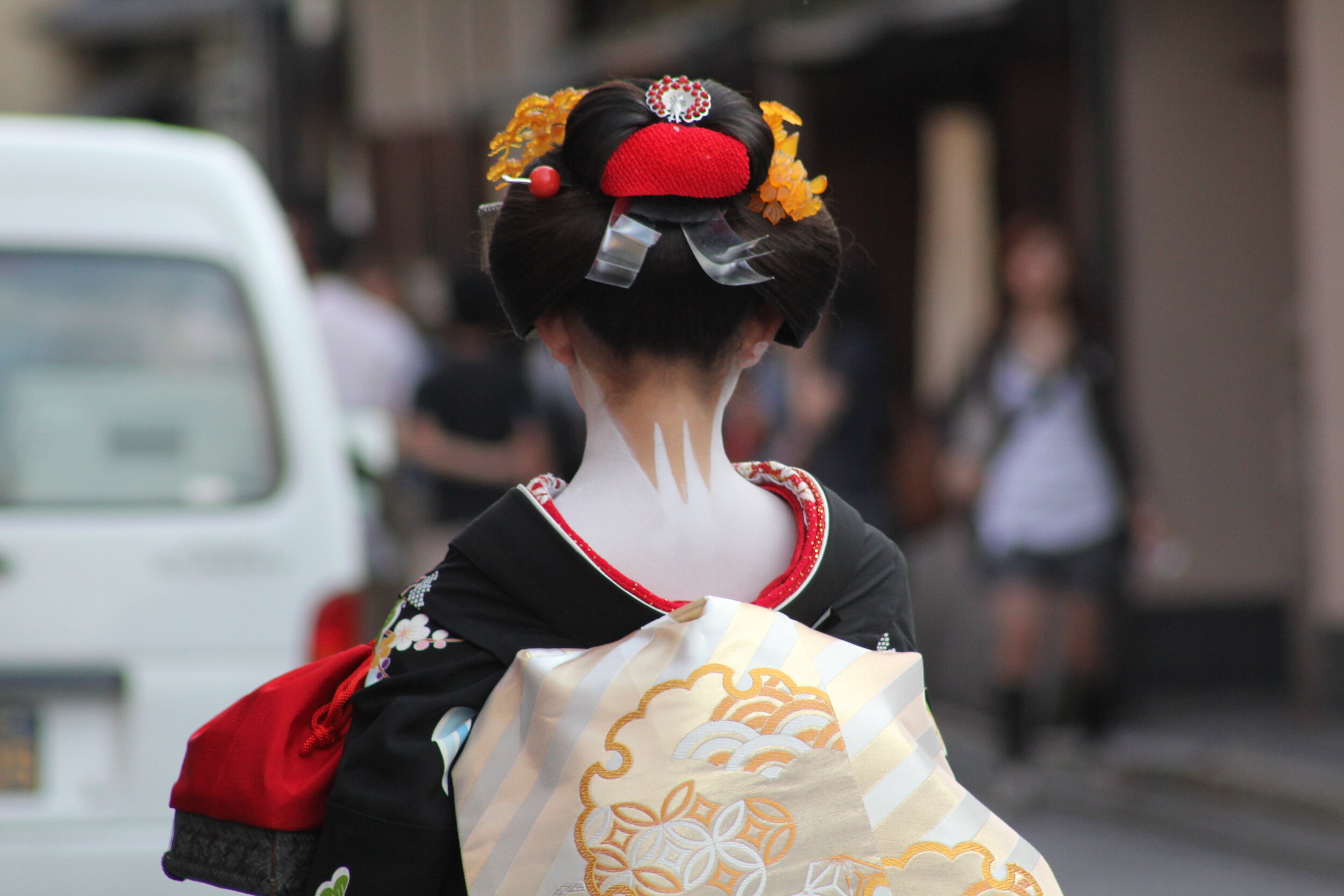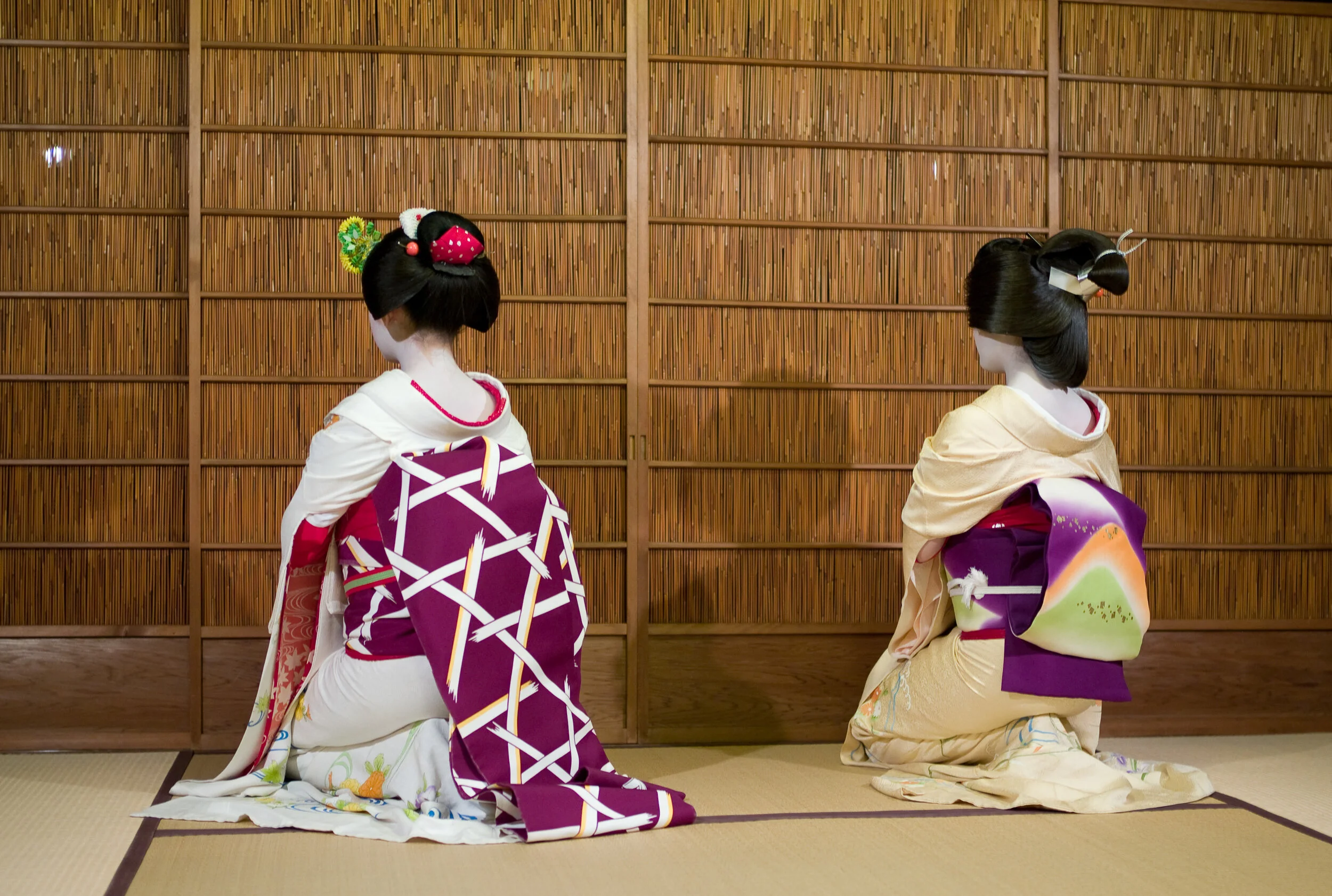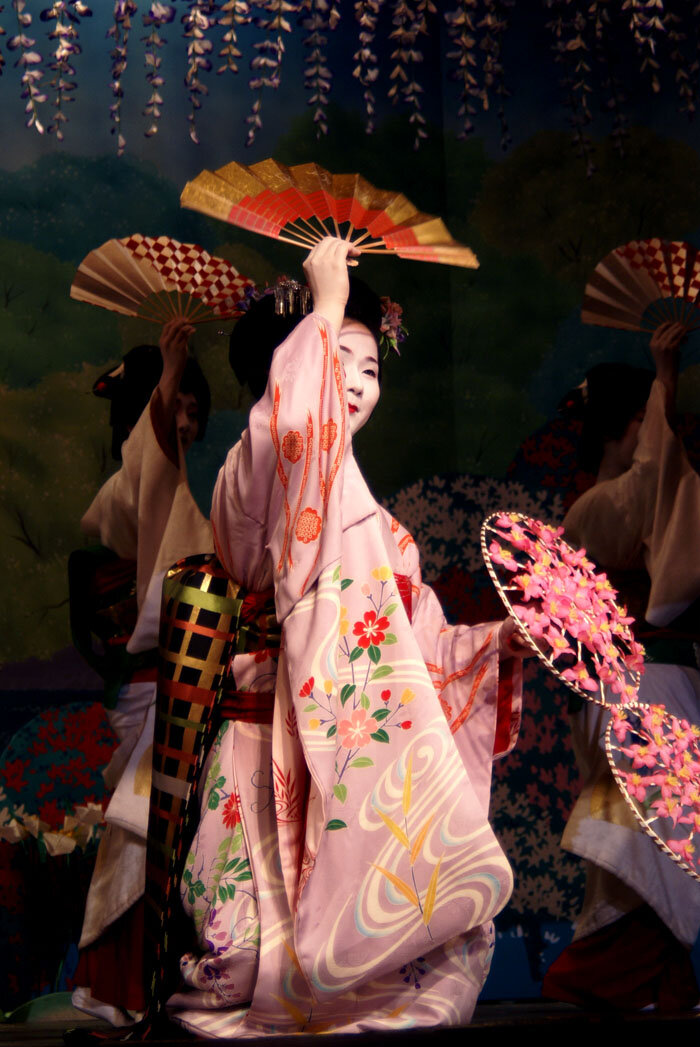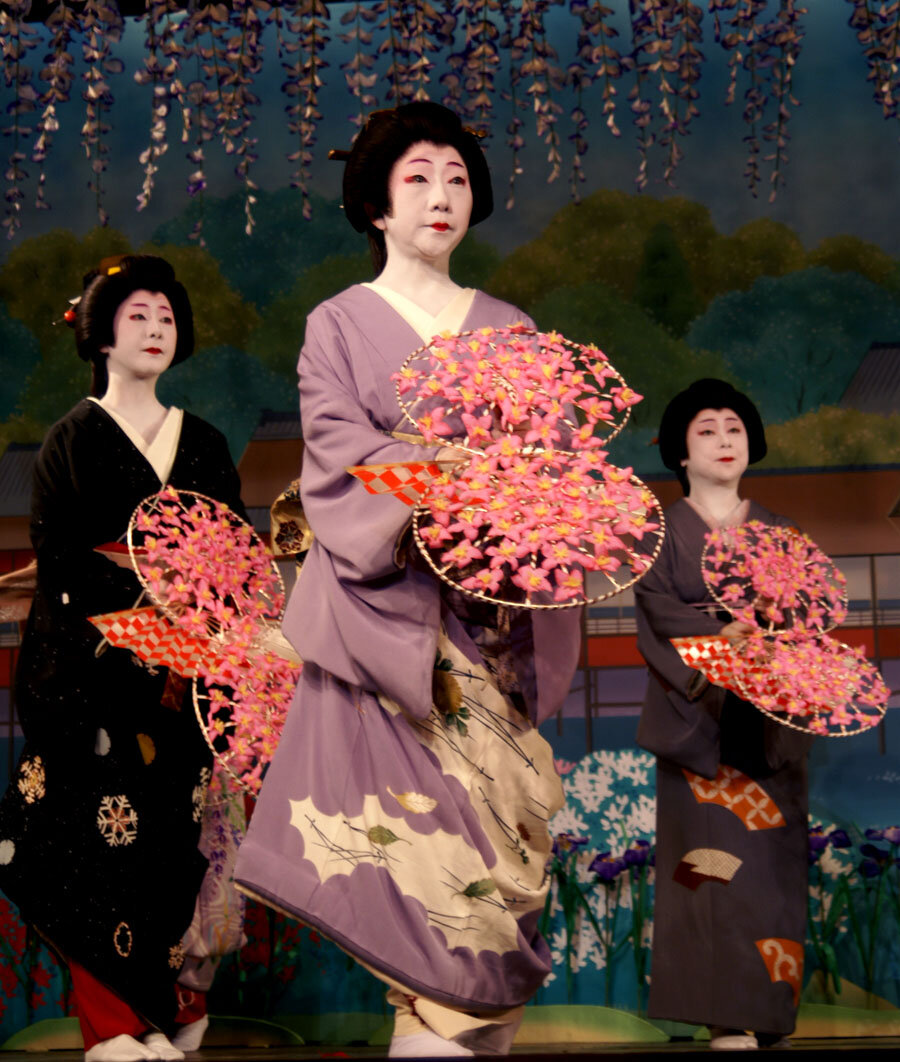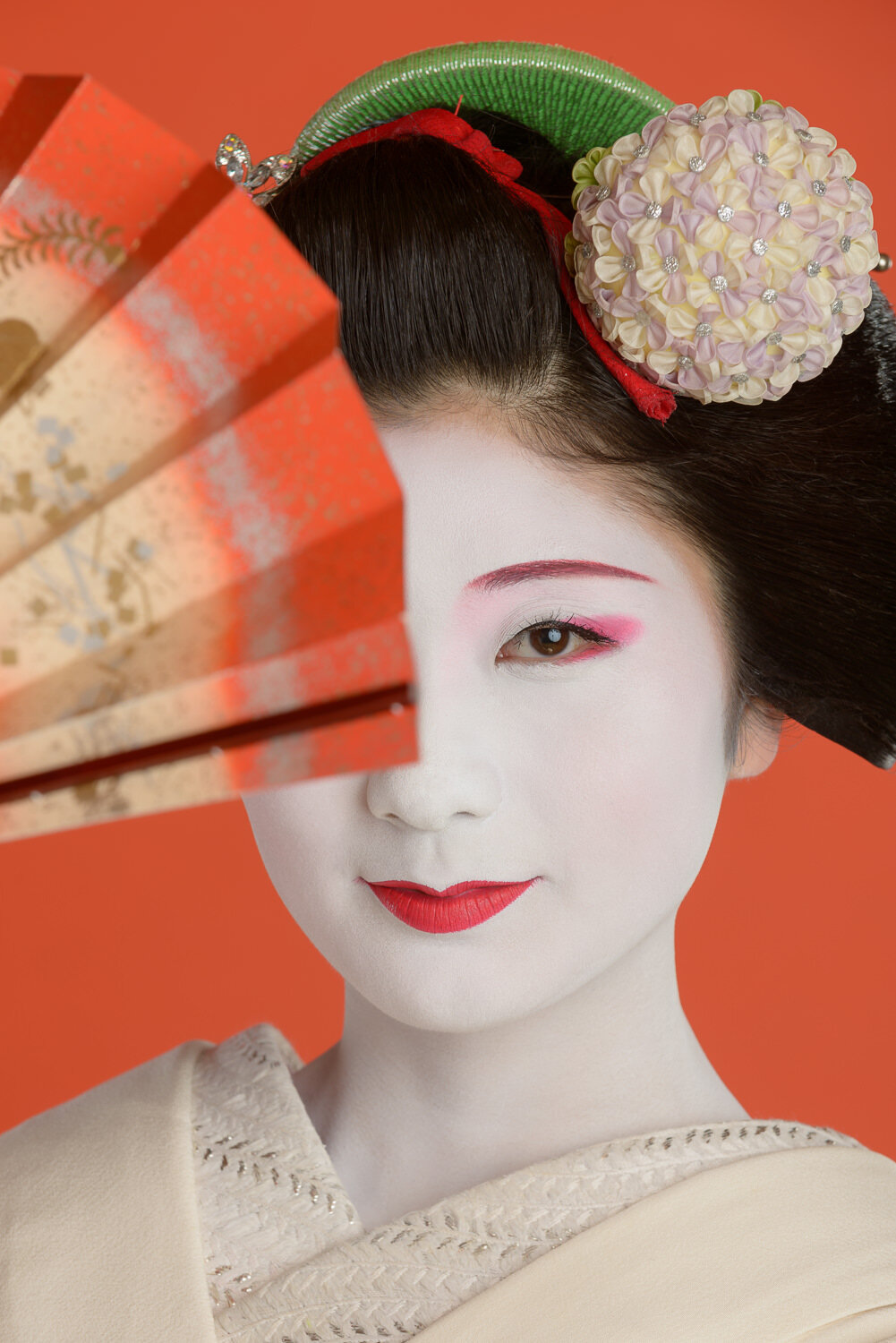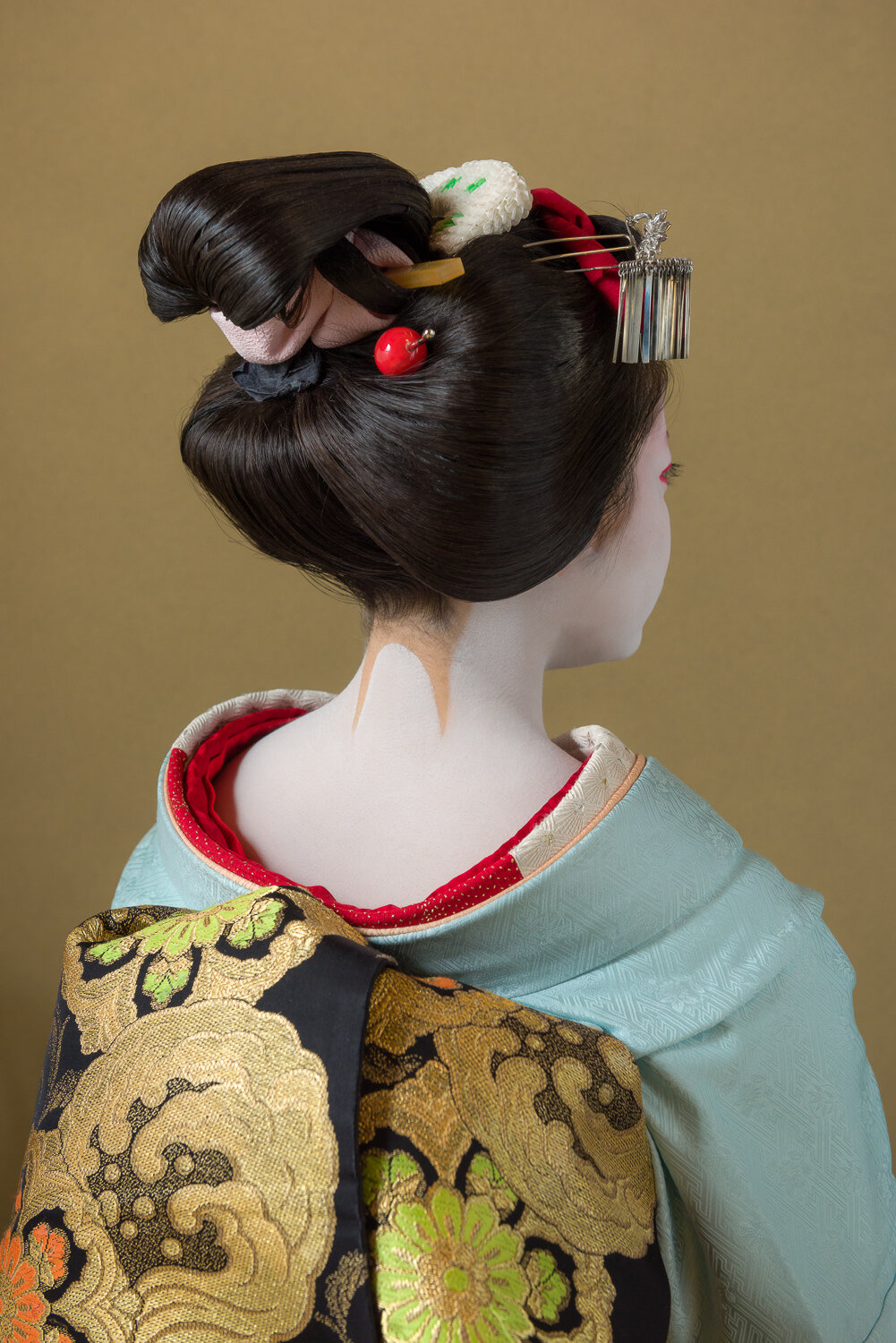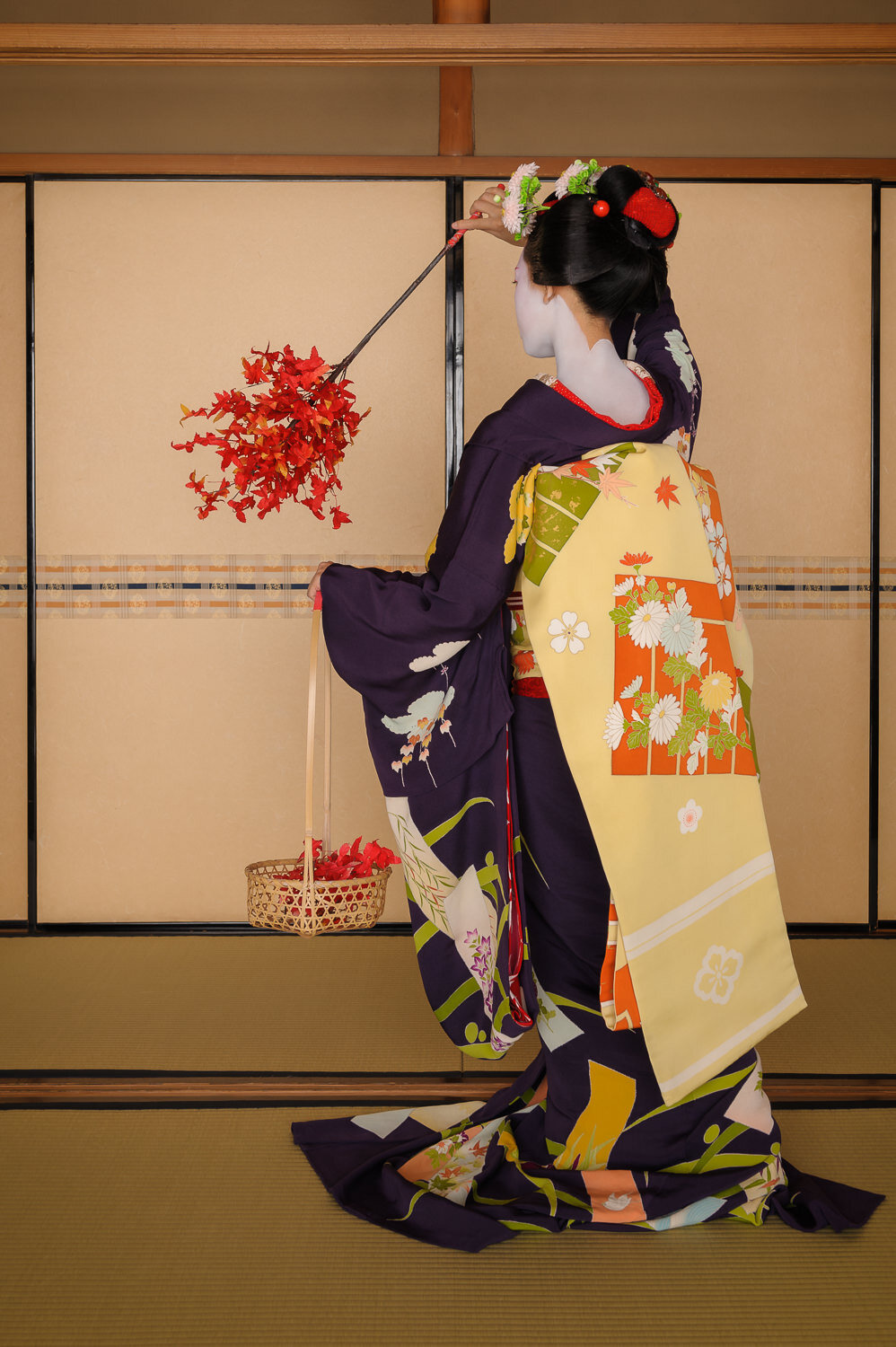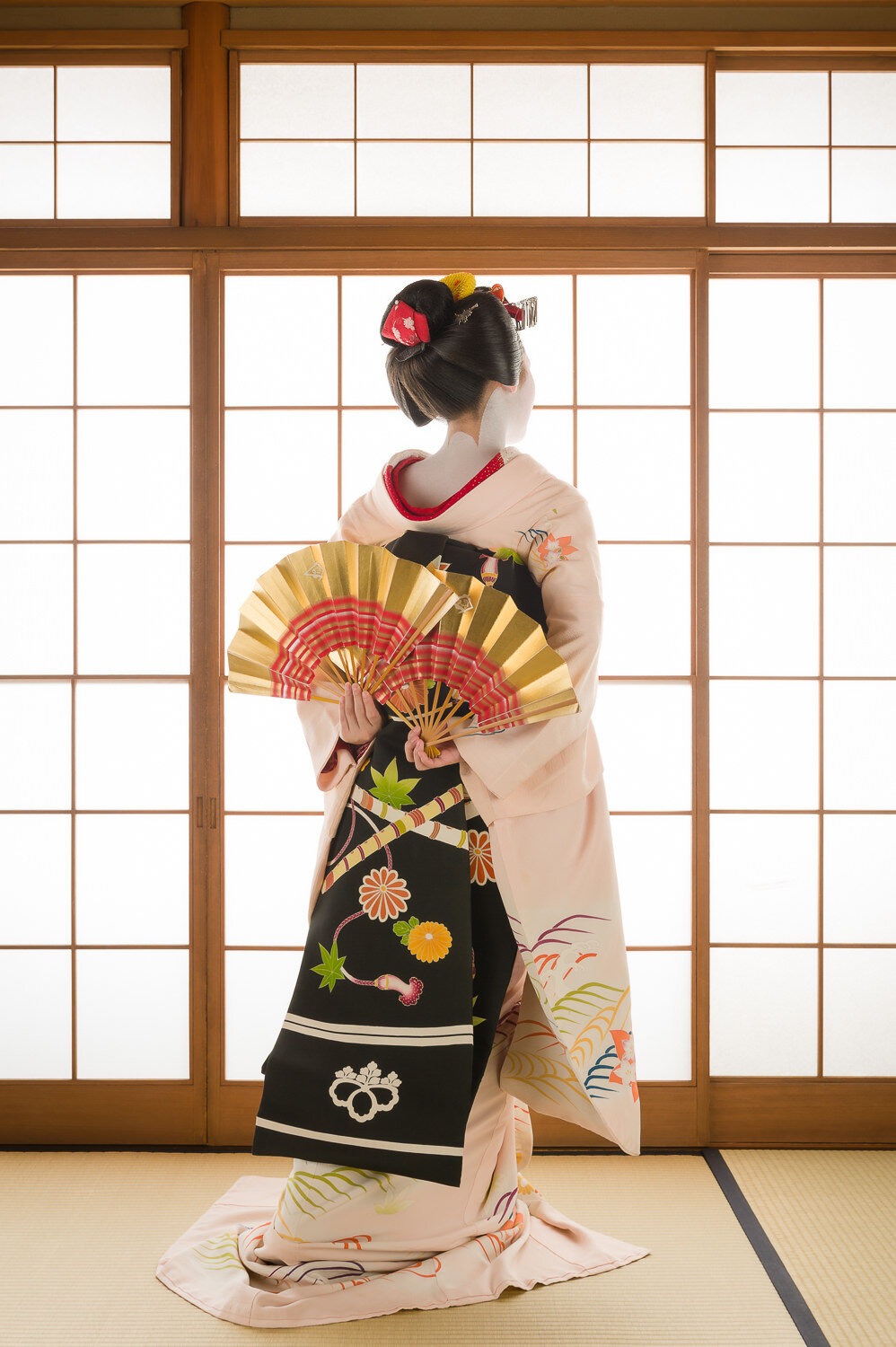The Tough Journey to Becoming a Geisha
Have you ever wondered what geishas do for a living? Were you ever curious about the world of entertainment and hospitality in Japan? Perhaps you spotted a geisha on your trip to Japan and was taken aback by their white painted faces and their elaborately designed kimonos among the crowds of plainly dressed people?
Well, I hate to break it to you, but the person you saw was most likely a tourist dressed up as a geisha or a maiko (a young geisha-in-training) rather than an actual geisha. In reality, geishas do not often dress that extravagantly, especially in public, as it is thought that the more experienced a geisha is, the more refined she should present herself.
Find out more about this long-established aspect of Japanese culture, including its history, traditions, the arduous process of obtaining the highly respected geisha title and how to spot a fake geisha below!
Photo credits: Ivan Siarbolin
So what exactly is a Geisha?
Geishas (芸者) are professional female entertainers who are highly trained in a variety of Japanese traditional arts, such as dancing, singing, flute, and shamisen (a traditional Japanese three-stringed instrument), as well as the art of hospitality. The word ‘geisha’ itself literally translates to ‘artist’.
The first geishas started appearing around the 1730s, and these were actually men! They were referred to as taikomochi (太鼓持) or hōkan (幇間), and they were jesters, musicians, singers and storytellers. It was only about 20 years later that female geishas began to appear, whereby they quickly took over the profession and dominated it by the 1780s.
Photo credits: Wang Xi
Geishas are NOT sex workers
The misconception of geishas being tied to the sex industry first came about when American soldiers started being exposed to Japanese culture during the Post-War occupation of Japan. The term “geisha girls” was used as a sweeping categorisation of female workers in Japan that included prostitutes and nightclub hostesses, but rarely referred to actual geishas. This has lead to the misunderstanding that geishas offer sex to their clients, but the truth is actually far from it!
The idea of mizuage (水揚げ), a ritual where a maiko (an apprentice geisha) loses her virginity to a bidding suitor in order to become a fully-fledged geisha, has also been rumoured to occur in some geisha communities. However, this practice has never been traditionally accepted and was instead heavily frowned upon and rejected by most.
Though there were some geishas who offered sex to their clients in the olden times, it was never considered a part of their traditional function or training. Furthermore, all forms of sex work were made illegal in 1958 when the national legislature of Japan passed the Anti-Prostitution Law to protect and rehabilitate women in the sex industry.
All true geishas undergo many years of intense training and experience to become masters of their trade. Historically, they have always relied on these laboriously honed skills, rather than their sexuality, to establish their role and status in Japan.
Photo credits: John Paul Foster
The long and arduous process of becoming a Geisha
In order to become a geisha, it takes an apprentice about an average of 6 years to successfully master the arts of music, dance, tea ceremony, language and being a first-class hostess. During this time, they go through several stages of training to gain the necessary skills required for their profession.
The 1st stage: entering an okiya
The process towards becoming a geisha usually starts from the early age of 15 in Kyoto or 18 in Tokyo. Young girls must first fulfil the basic requirements of a hanamachi (花街, literally meaning flower town) business exclusively located in the Japanese geisha district. The requirements often include a maximum height of 160 or 165cm, a minimum weight, good health, satisfactory physical appearance, parental consent, perseverance to endure strict rules and tough training, et cetera.
If the girls are considered good candidates, their profiles will subsequently be sent out to okiya (置屋) houses, female-only lodgings owned by proprietresses that specialise in training geishas. Only after a series of screenings, interviews and trials, will accepted applicants then start living as new apprentices in the okiya together with others in training.
The proprietress of the okiya, referred to as okāsan, will pay for the apprentice’s expenses, including her housing, food, clothing, instruments and training. This means that the apprentice will inevitably accrue a very large debt to the okiya even before she begins working. Thus, a geisha will work years after her training simply to repay this debt, and even longer after that in order to fulfil her contractual obligation.
Photo credit: David Offf
The 2nd stage: the Shikomi training period
A newly accepted apprentice is known as a shikomisan (仕込みさん). During this time, her duty is to attend classes, help out with chores to maintain the okiya and serve as an assistant to other geishas. This stage is especially tough as it has the intention of making or breaking the girl. She is expected to do everything she is told, which often centres around rigourous, physically demanding and menial tasks.
At this stage, apprentices attend classes at the nyokoba, which are vocational schools for geisha-in-training to learn traditional Japanese performing arts. They are taught to play a variety of musical instruments, such as the shamisen (a three-stringed lute), fue (a bamboo flute), kotsuzumi (a small shoulder drum) and koto (a Japanese zither). Additionally, they study singing, nihon buyo (traditional Japanese dance), sadoh (tea ceremony), ikebana (flower arrangement), shodoh (calligraphy), so on and so forth.
Outside of their classes, they learn the proper demeanor of a geisha, including how to carry themselves with grace and elegance, how to speak the archaic dialect of the district they work in, and how to attend to elders and guests. This goes down to the smallest of details, such as the way they walk in a kimono, the way they pour sake, how to tell which guests to attend to first, how low to bow and how to receive people of all manners with equal grace.
Typically, the Shikomi training period lasts around four years, and apprentices are able to proceed to the Minarai stage only if they pass a dance examination.
Photo credits: Kimiko1144 on Flickr / Nobuhiro Suhara
The 3rd stage: the Minarai stage
During this stage, an apprentice is called a minarai (見習い), which literally translates to learning by watching. She must find a mentor geisha, whom she calls onēsan, to accompany to ozashiki (お座敷, banquets in traditional tatami-mat rooms) events at ryōtei (料亭), a type of luxurious traditional Japanese restaurant.
This allows her to observe how geishas interact with guests in the real world. This way, once her formal training is completed, she will already have some experience and know potential clients to work with.
The Minarai training period will last for about a month before the apprentice officially debuts as a Maiko (舞妓), an apprentice geisha.
The 4th stage: becoming a Maiko
Undergoing the misedashi (店出し) ceremony is a necessary rite to celebrate the apprentice’s debut as a maiko. On this special day, the apprentice dresses up in a kuromontsuki (a special black kimono with crests), with the full traditional makeup of a maiko, two special silver fan-shaped ornate hairpins called ogi bira, and hair ornaments under her topknot called miokuri. The okiya will also be decorated with red and white paper, auspicious images and a tablet with the apprentice’s new professional name at the entrance.
Photo credits: Fuyou-Hime / Joe Baz
Accompanied by her onēsan, the apprentice will go around the hanamachi to visit various ochaya (お茶屋), tea houses where geishas work at to entertain patrons, to ask for their support during her career. During the ceremony, the apprentice will also go through a ritual of binding and loyalty with her onēsan, known as san san kudo (三三九度), where they exchange cups of sake. After this, the apprentice is officially a maiko!
Maiko will take up to 5 years to complete their training by continuing to attend events with their onēsan, as well as their lessons at the nyokobo, before they are promoted to the title of geisha.
Photo credits: Joi Ito
The 5th stage: officially a Geisha
A maiko then graduates to geisha status in a ceremony known as erikae (襟替え), meaning turning of the collar. This name arises from a maiko changing the traditionally red collar of her kimono into a white one, in order to symbolise the transition of her maturity into a geisha woman.
Photo credits: John Paul Foster
A geisha is then expected to stand on her own two feet and rely on the skills she has acquired over the past years of training in order to earn a living and pay off her debt to the okiya.
Photo credits: Fuyou-Hime
How to tell a Geisha and a Maiko apart
Now, many of us go to Japan, see a woman with a white painted face and immediately assume that she’s a geisha. However, if you’ve read up to this far, you will know that that may not always be the case, since both geishas and maiko look alike at first glance. At a closer look, there are actually many small details that hint to us their actual title! In order for us to tell them apart, let’s take a look at the traditional wear of both the geisha and the maiko.
Makeup and hair
For geishas, their full white face makeup is done using using oshiroi (白粉), a white powder used for foundation. They typically have a faint shade of red in their eyebrows, and their eyeshadow is red in colour for junior geishas, or black for senior geishas. Their lips are painted fully in red and they wear a wig (called katsura, かつら) with simple hair ornaments (called kanzashi, 簪).
Photo credits: John Paul Foster
For maiko, their faces are painted fully white as well, but they tend to have a noticeable band of unpainted skin near their hairline, as well as two tapered, prong shaped lines of bare skin on the back of their necks (called eriashi, 衿足). This is because they do not wear a wig, which would naturally cover up these parts! Additionally, for special occasions, three prongs (called sanbonashi, 三本足) instead of two are painted with a special stencil on their necks. However, this is used only for the most formal of occasions, such as a maiko’s misedashi ceremony. Maiko also wear many more elaborate hair ornaments as compared to a geisha.
Photo credits: John Paul Foster
Because they use their natural hair, the constant hair pulling required to maintain their hairstyles can actually lead to a bald spot in the middle of their head. Many actually take pride in this and consider it a “maiko’s medal of honor”, as a symbol of the hardship and training they have endured! Furthermore, to maintain their hairstyles, which require going to a stylist at least once a week, maiko must sleep on takamakura, specially designed pillows to preserve their hair's shape.
For a maiko’s makeup, her eyebrows are shaded in pink or red and her eyes are outlined with red eyeshadow as well. She also has on a slight blush. For a junior maiko, only her lower lip is painted in red while for a senior maiko, both lips are painted in a thin line, unlike a geisha whose lips are fully painted.
Photo credits: John Paul Foster
Outfit
Geishas traditionally wear more refined kimonos that have shorter sleeves and that are usually in one color with a simple pattern at the bottom. They are paired with shorter and narrower obis (sashes) that are tied in square bow knots. Their collars are also completely white and sit higher at the back of their necks, as compared to that of a maiko. For footwear, they have on traditional Japanese sandals called zori or geta.
The more experienced a geisha is, the simpler her makeup and outfits are allowed to be. This is done in order to emphasise her natural beauty. The most experienced geishas are known to only wear their full white makeup and traditional wear during special performances that require the entire getup.
Photo credits: John Paul Foster
On the other hand, a maiko wears a colorfully-designed long-sleeved kimono with a wider and longer obi that drapes down her back (called darari obi, だらり帯). Her collar is also red in colour and hangs loosely at her neck. As she advances in training, her collar may gain more and more white embroidered patterns, before she changes it to a white one during her erikae. Maiko also wear very high wooden sandals, called okobo (おこぼ), that are about 10cm in height and which they need to practise walking in!
Photo credits: John Paul Foster
Fun fact: Did you know that in the past, geishas used to dye their teeth black? This custom, called ohaguro (お歯黒), was a symbol of status and beauty as it was thought to compliment their white painted faces and to hide any yellow or crooked teeth! This was done using a potent mixture called kanemizu (かねみず), which consists of iron filings, vinegar, tea and rice wine. This helps to create a blackening effect on teeth, although it comes with a very pungent smell.
Spotting a fake Geisha or Maiko
As more and more tourists are heading to Japan to revel in its unique beauty and culture, businesses have also started popping up to offer tourists geisha makeovers, which are sold as a fun and novel experience of Japanese culture. But how do we distinguish the fake geishas from the real ones?
Now that you know how the traditional geisha and maiko look like, you will understand that those with mismatched hairstyles, makeup or clothing are clearly imposters just dressing up for the fun of it!
In addition, true geishas rarely walk around in crowded places and they are not as willing to stop for photos since they are paid for the time taken to travel between places. Thus, they never want to attract attention, and will instead walk through back streets and alleys in order to avoid crowds! Geishas are also seldom out during the day as they typically work from evening till late into the night, with early banquets being extremely rare. On top of that, they are never accompanied by others in normal clothing. If they ever require help carrying their belongings, a shikomisan in a kimono will accompany them instead.
Photo credits: Gianni Scognamiglio
The modern Geisha
Today in Japan, the number of geishas is a far cry from the pre-war days. With only about 1,000 of them, most work in Kyoto, where they are known as geikos instead of geishas. With more and more youth being dissuaded by the high expectations and tough training necessary to become a geisha, Japan is struggling to preserve this significant aspect of their culture.
This also means that the services of geishas are not cheap. For the highest grade service, a single geisha can charge up to $13,000 SGD for a 2-3 hour performace alone! As they can spend up to a decade learning how to perfect their craft, a lot of money is invested into their training and the upkeep of their appearance. It is thus no wonder that their prices are so shocking.
In order to support the geisha industry, it is important that we take an interest in it and always aim to educate ourselves on the misconceptions, traditions and history of it. This is only a brief introduction to such a rich and intricate culture, but I hope that it helped you to learn something new today.
Photo credits: Han Min T



